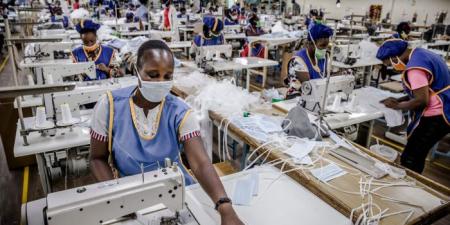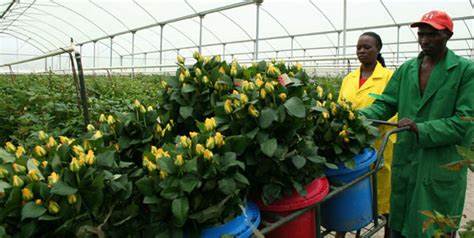Kenya’s Path to Economic Transformation
Kenya has emerged as one of Africa’s fastest-growing economies, driven by a mix of political stability, industrial growth, and strategic reforms. However, economic inequalities and structural barriers continue to challenge its full potential. Understanding Kenya’s economic landscape helps in identifying pathways for sustainable transformation.
Economic Performance and Key Growth Sectors
Kenya’s GDP has grown consistently, averaging 5%–6% annually. The agriculture, manufacturing, and service industries remain major contributors. Government initiatives in trade and investment have propelled industrialization, while the expanding middle class fuels domestic consumption and market diversification.
The Impact of Infrastructure Investments
Massive infrastructure projects have significantly improved Kenya’s business climate. The development of modern highways, railways, energy projects, and ICT infrastructure has enhanced investment attractiveness. The Standard Gauge Railway (SGR) and the Lamu Port-South Sudan-Ethiopia Transport (LAPSSET) Corridor project further position Kenya as a regional economic hub.
Challenges to Economic Expansion
Despite growth, Kenya faces hurdles such as widespread poverty, youth unemployment, and high public debt. Corruption and bureaucratic inefficiencies continue to deter business expansion and economic inclusivity. Addressing these issues is crucial for sustained progress.
The Role of Agriculture
Agriculture remains central to Kenya’s economy, contributing 25% of GDP and employing over 75% of the workforce. However, climate-related risks, outdated farming methods, and reliance on rain-fed agriculture pose challenges. Diversification, irrigation systems, and agro-tech solutions are needed to enhance productivity and food security.
Technology and Innovation in Economic Development
Kenya’s ICT sector has experienced exponential growth, with innovations in fintech, e-commerce, and mobile banking. Nairobi’s Silicon Savannah continues to attract global investors, creating opportunities for startups and employment in the technology sector. Mobile money platforms like M-Pesa have revolutionized financial transactions, promoting financial inclusion.
Foreign Investment and Trade Expansion
Kenya’s investment climate is improving, attracting multinational corporations in energy, telecoms, and retail. Government incentives, improved business environments, and regional trade agreements, including the African Continental Free Trade Area (AfCFTA), present opportunities for expanding exports and strengthening trade relationships with neighboring countries.

Economic Reforms and Private Sector Development
To ensure sustainable growth, Kenya must implement policies promoting industrialization, education, and financial inclusion. Strengthening financial inclusion and expanding access to credit can unlock opportunities for entrepreneurship and industrial expansion. Supporting small and medium enterprises (SMEs) through favorable regulations and credit access can accelerate development and wealth distribution.
Sustainability and Green Economic Policies
Kenya is increasingly adopting green policies, investing in renewable energy sources such as wind and geothermal power. Promoting eco-friendly industries, conservation efforts, and sustainable urban development is crucial for long-term economic resilience. Balancing growth with environmental sustainability will be key to ensuring economic stability.
Conclusion
Kenya’s economic prospects remain strong, but strategic reforms and sustainable policies are needed to address existing challenges. By leveraging technology, fostering private sector growth, and enhancing governance, Kenya can achieve long-term economic transformation and regional leadership in Africa.










